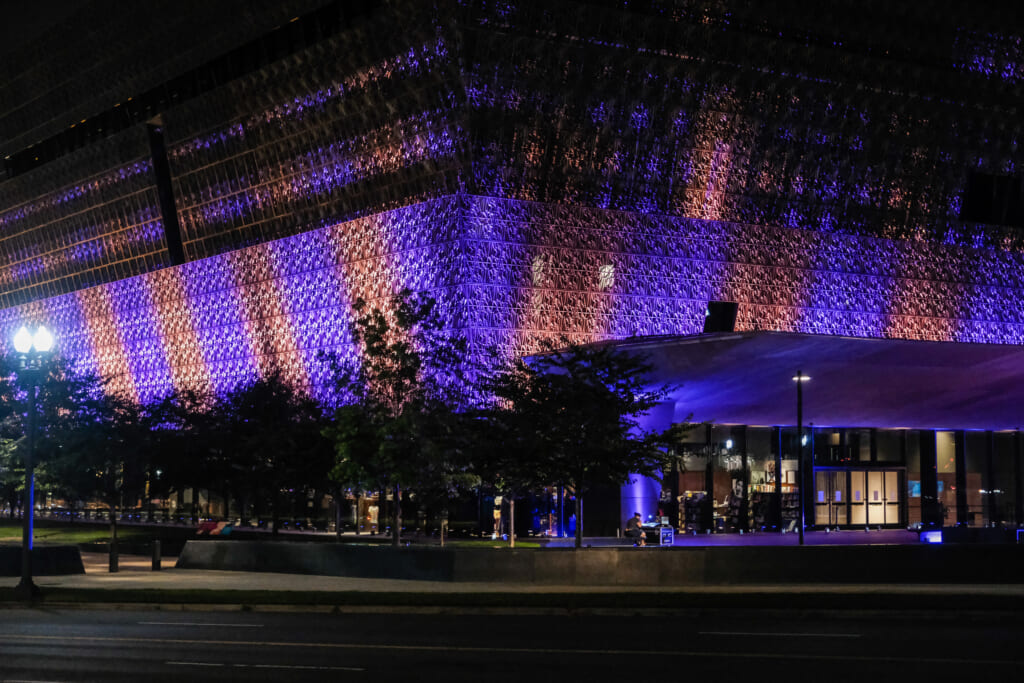Smithsonian African American museum content now available online
The exhibits on the first floor of the museum are currently available
The Smithsonian National Museum of African American History and Culture has gone virtual.
The critically acclaimed museum in Washington D.C., which features 10 floors of Black history from the 15th century to present day, has digitized some of its exhibits so that museumgoers from anywhere can experience the content.
The first floor of the museum which covers the tumultuous era of slavery, called Slavery & Freedom, is the first exhibit to be transferred to the museum’s online platform Searchable Museum. It was made available on Thursday.
“History, despite its wrenching pain, cannot be unlived — but if faced with courage, need not be lived again,” says Maya Angelou‘s voice, as she speaks over the opening video on the site, while images from the past 600 years of Black history move across the screen.
Reps for the museum said that eventually, all the exhibits will be available online.
The African American History and Culture museum made history when it opened in September 2016, and was dedicated by then-President Barack Obama.
Washington D.C. is home to some of the most historic museums in the United States, including the National Museum of American History, the National Museum of Natural History and the Smithsonian Institute.
However, none of the museums were solely dedicated to African American history and the advancements Black people made for society as a whole.
After years of push back, late U.S. representative John Lewis introduced legislation to have a stand-alone African American museum in 1988. However, he faced critiques from congress who said the museum would cost too much.
A year later, he proposed another bill that was nixed as well.
More than 10 years later in 2001, Lewis and Representative J. C. Watts re-introduced the bill and it was approved by former President George W. Bush.
Fifteen years later, the museum was officially opened and attracted more than 600,000 visitors within the first three months.

“This ongoing project provides a chance for Americans to realize our shared past, bringing the unique museum experience to their homes and on their phones,” said Kevin Young, the museum’s director said in a press release about the virtual showing.
One of the stories featured in the online exhibit is that of Nathan “Nearest” Green, the first known Black master distiller, who taught Jack Daniels how to make Whiskey.
“Allowing the public to virtually revisit the originating struggle for American freedom in the ‘Slavery and Freedom’ exhibition reminds us of the centrality of the African American journey to the American experience—a story of triumph, resilience and joy over the centuries,” Young continued.
The virtual museum has additional elements like podcasts, videos and behind-the-scenes content that captures the research that went behind each exhibit.
One of the previously off-limit areas, the Point of Pines Slave Cabin, which was one of the two remaining slave cabins on Edisto Island, South Carolina, is available for 3-D virtual tours.
“This is just the start,” said Young to The Washington Post. The next exhibit, Making a Way Out of No Way, will go online this spring. “We’re looking right now at phase two and stories we can tell next.”
Have you subscribed to the Grio podcasts, ‘Dear Culture’ or Acting Up? Download our newest episodes now!
TheGrio is now on Apple TV, Amazon Fire, and Roku. Download theGrio today!
More About:Black History Month News



